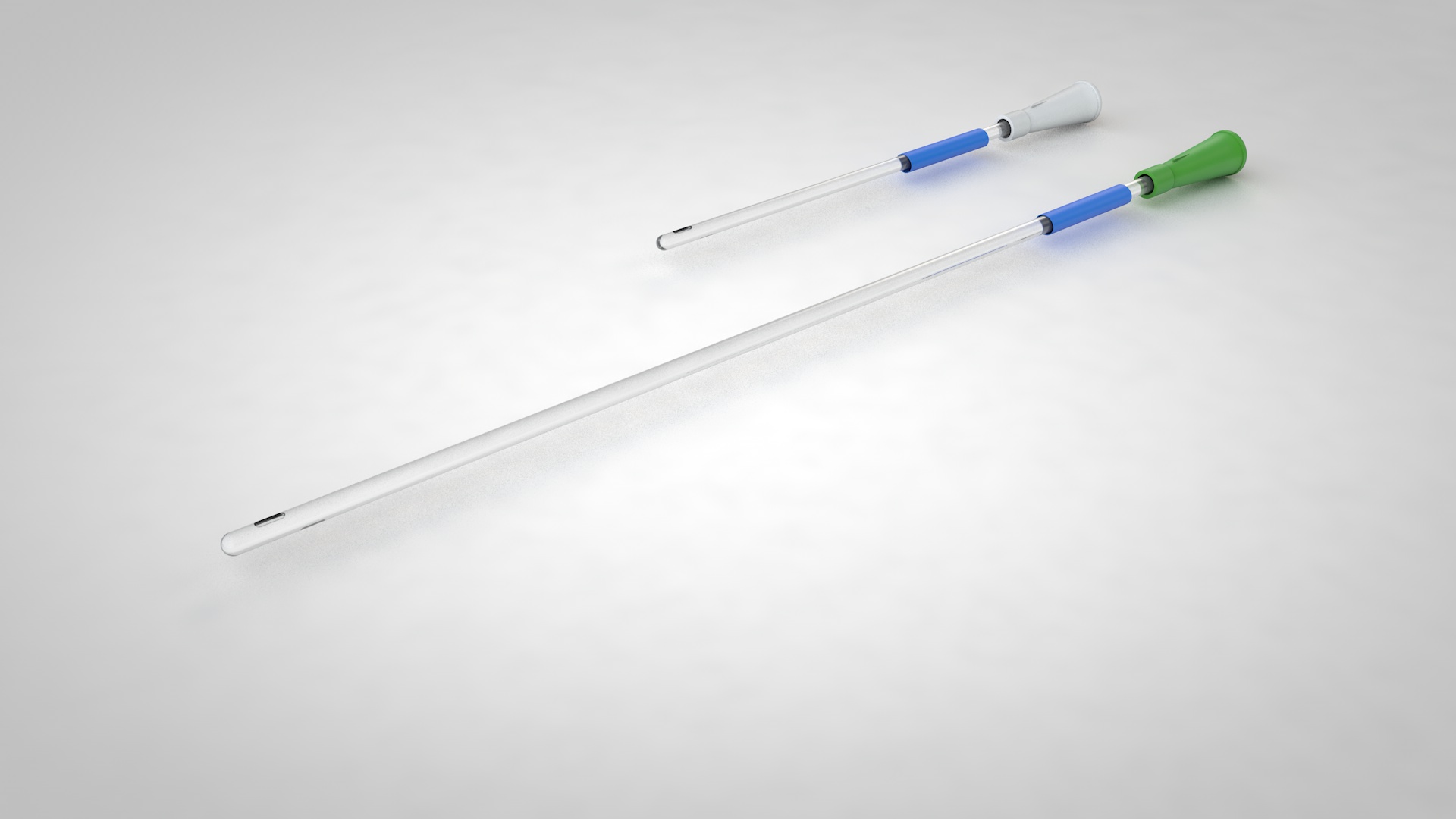
Hydrophilic catheters were created to offer a more comfortable and convenient solution for self-catheterization. Hydrophilic catheters have a pre-lubricated layer of coating, bound to the surface of the tube itself, which binds with water.
These catheters are activated by sterile water or a saline solution that is provided in the catheter packaging itself, or in a separate foil packet. If the catheter has a packet, you must first release, or burst, the packet to activate the hydrophilic properties of the catheter.
Once the lubrication on the hydrophilic catheter tube is activated, the catheter will have a smooth, slippery surface to help make self-catheterization, or “cathing”, easier and help reduce the risk of infection. The hydrophilic coating within the catheter surface is designed to absorb the water, allowing the catheter to remain lubricated throughout the insertion process and not wipe off.
Traditional intermittent catheters are typically uncoated, meaning they have to be manually lubricated with a separate, sterile form of lubricant. While these catheters are a great option, some may experience a bit of discomfort during the insertion process as the lubrication tends to wipe away.

GentleCath Glide
GentleCath Glide is designed for fast and convenient cathing. A handling sleeve helps you to avoid getting bacteria from your hands on the catheter and FeelClean™ Technology provides a smooth slippery surface, fast lubrication once wetted and is designed to reduce the residuals and mess that cathing may leave behind on your clothes, hands and body.
Related Answers
Find out more with a selection of related topics.
Adjusting to cathing can be tough, with a range of practical, physical and emotional challenges. You don’t have to figure it out alone. Call and talk to a member of the me+ support team today, on 1-800-465-6302.












